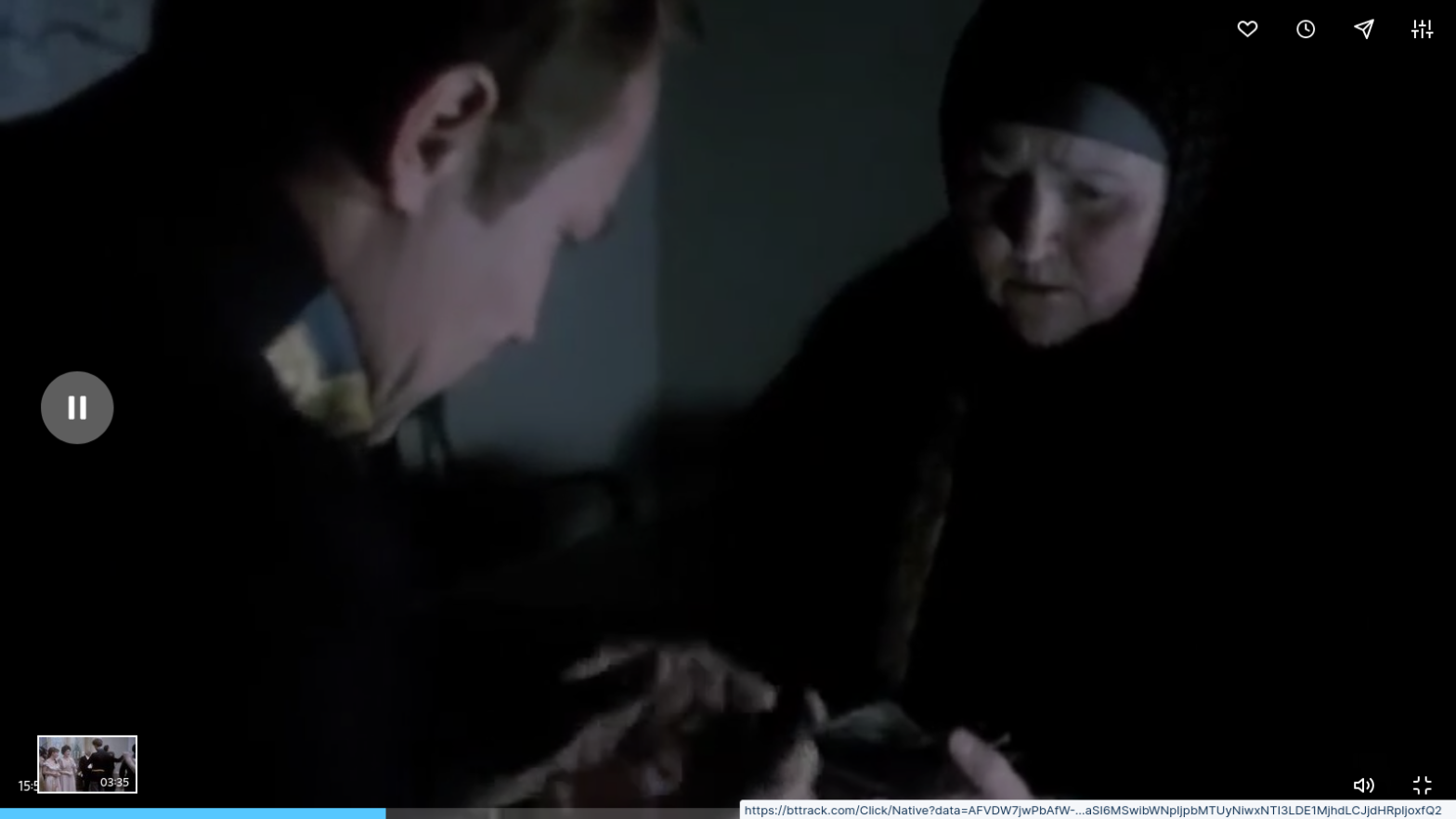Artists reinterpreting the Redl story seem irresistibly drawn to questions about Redl’s possible Jewish ancestry. Many critics reviewing Szabó’s 1985 film— Dagmar Lorenz, Peter Hames/David Robinson, Susan Ruban Sulieman— base their commentary on the assumption that Redl’s life has special meaning to the Jewish Experience as they see it. The authors of popular histories [e.g. Asprey’s The Panther’s Feast) suffer from a similar preoccupation: they are compelled to mention for example, that the Vatican thought Redl was Jewish, yet they emphatically reassure readers that Redl was not. The net effect is a somewhat schizophrenic cacophony wherein the uninitiated reader is left asking themselves: So was Redl a Jew or wasn’t he?

An honest answer to the title question is that we simply don’t know. Certainly in the days following Redl’s forced suicide, German National press such as Ostdeutsche Rundschau reported that the Redl family were third-generation polonized Jews, which was a reasonable allegation given Redl’s father’s position with the State Railway in Galicia. However, if Ostdeutsche Rundschau had evidence supporting this claim, they didn’t print it.
What may be more surprising is that the leading liberal (and Jewish) paper, Neue Freie Presse, suspected that Redl was Jewish too. NFP editors cautiously signaled their concerns to readers via reportage on Redl’s request that no autopsy be conducted on his corpse; their early refusal to associate the colonel with coffee-house culture; and through a timely editorial from an high-ranking officer claiming Austria-Hungary’s espionage problems were due to the Japanese.
There were other things about Redl which would have signaled probable Jewish ancestry to his contemporaries, for instance his name. According to the ‘R’ section of the Dictionary of American Family Names, 2013:
Redel (201) 1. Jewish (eastern Ashkenazic): metonymic occupational name from Yiddish redl ‘little wheel’, ‘tool for perforating matzoth’.
Yet another signal, which would only have been caught by those ‘in the loop’ regarding Austro-Hungarian intelligence matters, was that Redl worked the borderlands with Russia. Jewish organized crime networks which operated along Austria Hungary’s eastern periphery often partnered with Hapsburg intelligence services, either to spy on Imperial Russia or for information on domestic political opposition— particularly among nationalist partisans. Hapsburg spooks got political information and in exchange turned a blind eye to law-breaking, usually in the form of smuggling and human trafficking.
However, the question of Jewish ancestry raises some problems for historians looking at identity in Austria-Hungary: ethnicity, religion and even race were fungible things. ‘Jewishness’ meant and means different things to different people.
Take for example, the controversy around Foreign Minister Alois Lexa von Aehrenthal’s alleged Jewish ancestry. Up until 1966 when Hans Heilbronner published a very interesting paper on Aehrenthal [1], it was widely assumed that Aehtrenthal had Jewish ancestry— his best-informed contemporaries believed he did. Historian Soloman Wank took issue with this assumption, and published a paper in which he claimed to have found evidence that ‘proved’ Aehrenthal was not Jewish.[2] Overnight, the “fact” that Aehrenthal was Jewish turned into a new “fact” that he wasn’t.
Wank’s argument was an unsophisticated one: he claimed to have found evidence of baptism on Aehrenthal’s father’s side of the family (only!) going back to Aehrenthal’s paternal great-grandfather. According to Wank’s understanding of ‘being Jewish’ this de facto made the Aehrenthal family Christian. If you’re baptized Christian, ya can’t be Jewish, right?
The problem is, of course, that political conversions were very common among families who privately identified as Jewish, but who wanted positions of trust within the Hapsburg state. For instance, take the case of the Wittgenstein family, famous for their modern art patronage [3]:
Wittgenstein knew how to tap into Vienna’s Jewish network. Though he had the security of no longer belonging to the Jewish community, since his parents Hermann Wittgenstein (1802-78) and Fanny Figdor (1814-90) were baptized as Protestants before their marriage in Germany, the Jewish network was still accessible to Wittgenstein. Despite having already planned their baptisms, his parents had first married in Vienna’s synagogue, possibly to become members of Vienna’s Jewish elite or to receive the blessing of Fanny s father, Wilhelm Figdor.
Military records are of little use answering questions about “being Jewish”, because Jewishness was only considered a religion by the Hapsburg state and pre-conversion affiliations of officers were not recorded. Indeed the Hapsburgs did what they could to deracinate their officer class, at least on paper. The usual gold-standard sources for Redl scholarship are unlikely ever to be helpful answering questions about his personal identity.
The elephant in the room here is that if Redl did have Jewish ancestry, it would have been very dangerous to the Hapsburg’s imperialist program to admit it, especially in light of what happened around the Dreyfus Affair. (Which did involve an Austrian officer.) A core part of the liberal party’s social policies adopted after 1861 involved bringing Jews into mainstream society, particularly in service of the ‘All Highest Warlord’. The multi-racial, multi-ethnic, multi-confessional empire was a threadbare concept prior to Redl; one well-placed Jewish traitor could easily have spelled the end for Austria-Hungary’s imperially-favored liberal elite and Franz Joseph’s program. Looking ahead in time to the 1960s, a Jewish Redl wouldn’t have been great for the Pax Americana either.
We don’t know what Redl really identified as, hopefully diligent scholars asking intelligent questions will throw more light on this topic in the future.
[1] Heinlbronner, Hans. “Count Aehrenthal and Russian Jewry, 1903-1907”, The Journal of Modern History, Dec., 1966, Vol. 38, No. 4 (Dec., 1966), pp. 394-406. The University of Chicago Press. https://www.jstor.org/stable/1876682
[2] Wank, Solomon. “A Note on the Genealogy of a Fact: Aehrenthal’s Jewish Ancestry” The Journal of Modern History Sep., 1969, Vol. 41, No. 3 (Sep., 1969), pp. 319-326. The University of Chicago Press. https://www.jstor.org/stable/1899386
[3] Shapira, Elana. Style and Seduction: Jewish Patrons, Architecture and Design in Fin de Siècle Vienna. Brandeis University Press. 2016 Page 89.

